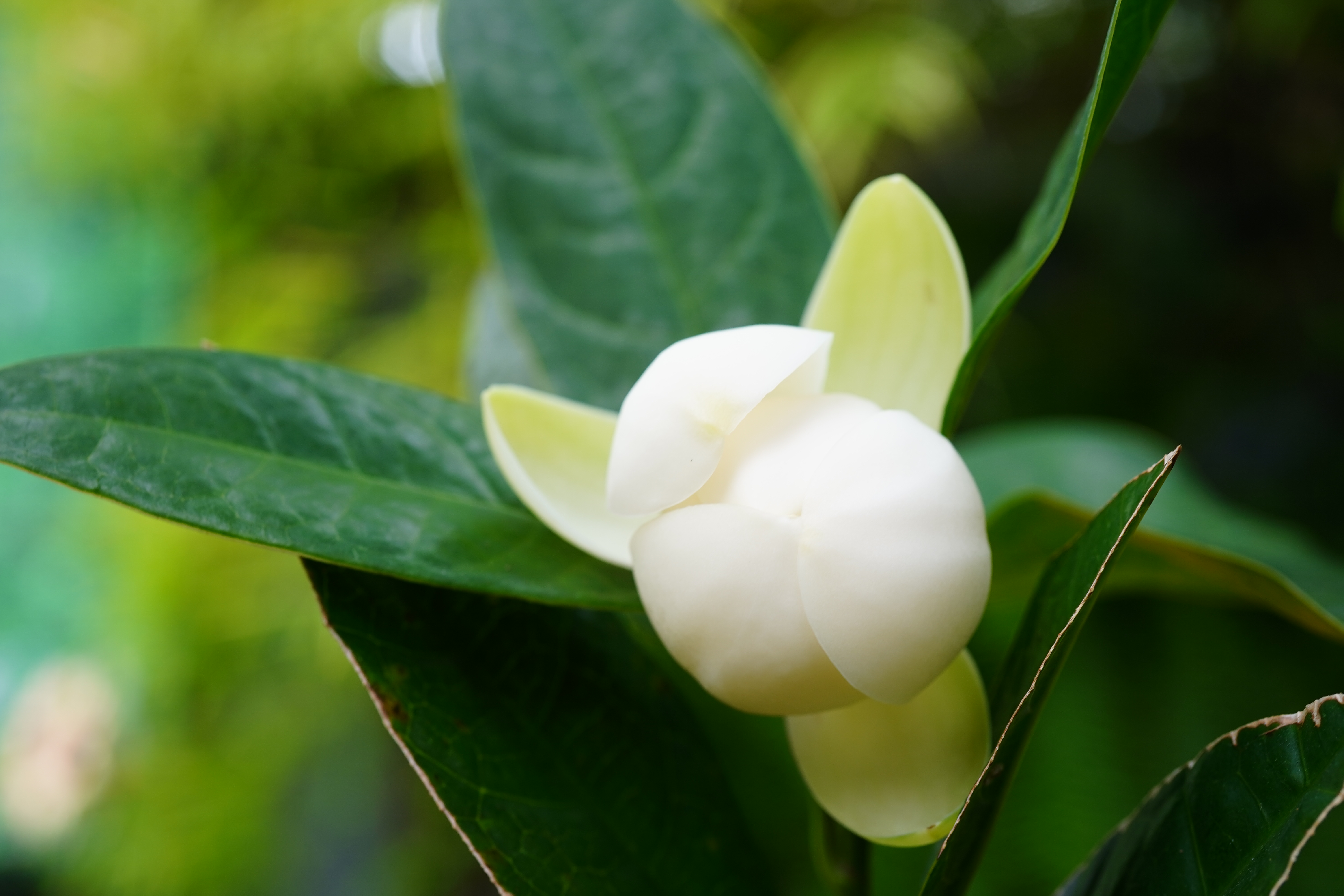Lily magnolia
(Magnolia liliifera)

Description
Magnolia liliifera, commonly known as the Lily Magnolia or Tulip Magnolia, is a species of flowering plant in the family Magnoliaceae. It is native to China and is widely cultivated as an ornamental tree in many parts of the world. The Lily Magnolia is prized for its large, fragrant, and showy flowers, which bloom in early spring before the leaves emerge. Taxonomy and Nomenclature: Magnolia liliifera was first described by the French botanist Pierre Louis Antoine Cordier in 1833. The genus name Magnolia is named in honor of Pierre Magnol, a French botanist and physician, while the specific epithet liliifera is derived from the Latin words lily and -fer, which means "bearing" or "producing", referring to the similarity of its flowers to those of lilies. Description: Magnolia liliifera is a deciduous tree that grows up to 15 meters in height. Its bark is dark gray, smooth, and with vertical lines. The leaves are alternate, simple, ovate, and 10-20 cm long and 6-12 cm wide. They are dark green and glossy on the upper surface, while the lower surface is covered with brownish hairs. The flowers of Magnolia liliifera are solitary, cup-shaped, and 10-15 cm in diameter. They are borne on bare branches in early spring, before the leaves emerge. The petals are creamy white, with a pinkish-purple tinge at the base. They are arranged in two whorls, with six to nine petals in each whorl. The flowers are sweetly fragrant, and their scent can be detected from a distance. The fruit is a cone-like structure, 7-10 cm long and 4-5 cm in diameter, and contains many seeds. Distribution and Habitat: Magnolia liliifera is native to China and is found in the provinces of Anhui, Fujian, Guangdong, Guangxi, Guizhou, Hubei, Hunan, Jiangsu, Jiangxi, Shaanxi, Sichuan, Yunnan, and Zhejiang. It grows in forests, thickets, and on hillsides at elevations of 100-2,200 meters. Cultivation and Uses: Magnolia liliifera is widely cultivated as an ornamental tree in many parts of the world. It is grown for its showy and fragrant flowers, which make it a popular choice for gardens, parks, and landscaping. The Lily Magnolia prefers a well-drained soil, and full sun to partial shade. It is tolerant of cold temperatures and can grow in USDA zones 6-9. The Lily Magnolia is propagated by seed or by grafting. It can take several years for a seedling to produce flowers, but grafted trees may flower sooner. Pruning is not necessary, but dead or damaged branches should be removed in the spring. In traditional Chinese medicine, the bark and flower buds of Magnolia liliifera are used to treat coughs, asthma, and other respiratory problems. The bark is also used to treat fever, diarrhea, and dysentery. Conclusion: Magnolia liliifera is a beautiful and fragrant tree that is prized for its ornamental value. Its large and showy flowers make it a popular choice for gardens and landscaping. In addition, it has medicinal properties and is used in traditional Chinese medicine. Magnolia liliifera is a wonderful addition to any garden or landscape, and its beauty and fragrance will provide pleasure for years to come.
Taxonomic tree:







